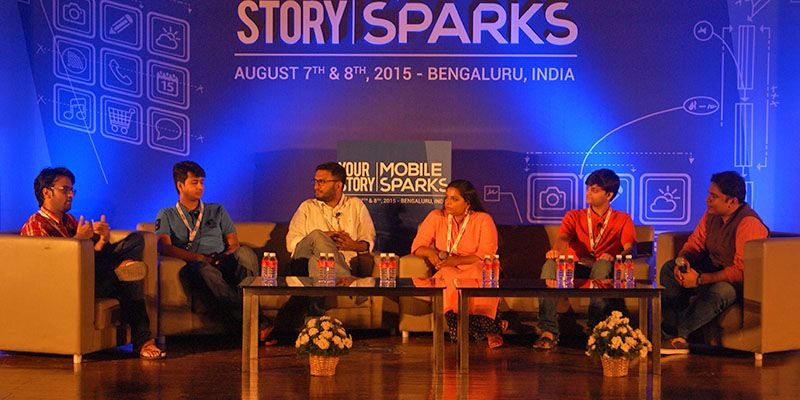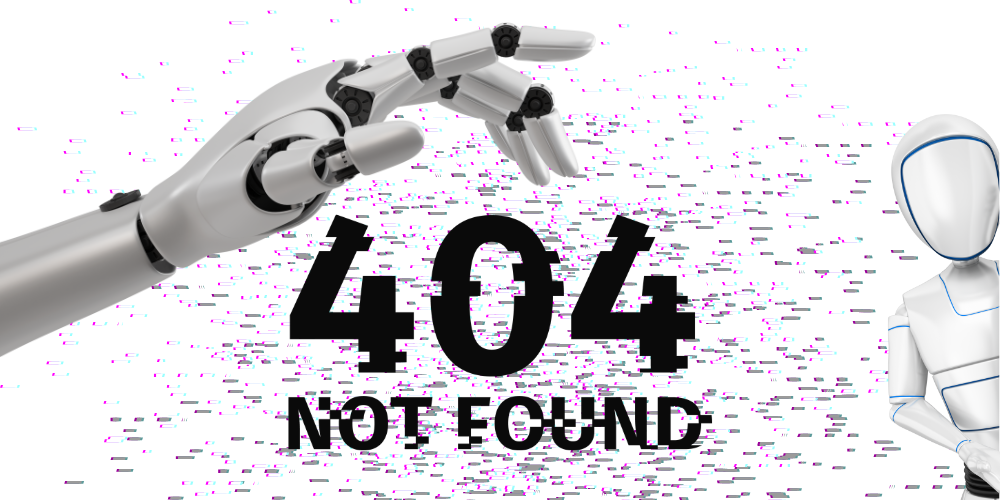'Foodtech is something that enhances the eating and food-creating experience’
“First, you have a product (food) that people are extremely passionate about. Second, price is not the ultimate winner (unlike with cab companies). Third, local delivery/distribution has to be built from the ground up, like with hyper-local delivery companies. Except, since food companies either cater from their own kitchens, or amalgamate home chefs, the logistics can be nightmarish,” said Kunal earlier in a research piece for YourStory.

Angel and venture capital funding in India has hit it’s highest-ever mark. Over $3.5 billion has been poured into around 380 disclosed deals in the first of half of 2015. One of the startups that has raised funds twice in the first half of the year is Swiggy, a foodtech startup.
The food services market is touted to be a USD 50 billion one, growing at 16 to 20 per cent YOY. According to Alok Goel, MD, Saif Partners, every few years, a new problem becomes a keystone area for the startup ecosystem. It grabs everyone’s attention, and many teams start solving that problem with different innovative approaches. Foodtech is one such area, these days.
What is foodtech?
We asked the panelists of the foodtech panel on the first day (August 7) at MobileSparks 2015 what they thought foodtech actually was, considering the several different impressions and definitions people have of the term. The panelists consisted of Shashaank S, Co- founder & CEO of Dazo, Harsha T, Founder & CEO of MasalaBox, Karthik V, Co-Founder of Momoe, Arpit D, Co-Founder of Roadrunnr, and Aruj G, Founder of Bhukkad.
The panelists believe that foodtech refers to using technology to help make food-related processes easier, but each has a slightly different take on the concept.
“We, as an organization, are more in the restaurant space, and we are looking at the digital space, to expand our markets and increase sales. This counts as foodtech,” says Aruj.
Technology can also be used to standardize and improve the quality of food and the food making process, adds Shashank.
Karthik says that foodtech could be defined as anything that ensures a better eating experience.
“It’s a loosely-coined term for a very nascent industry, where technology is not used in the culinary space, but in logistics and in the analytics,” adds Harsha.
The logistics and payments
Approximately, 90 to 92 per cent of the logistics Roadrunnr does are for food-related businesses; this, according to Arpit, is because their delivery times are much smaller. Close to 70 percent of the merchants on the Momoe platform are in the food business.
However, for a startup, getting a payment gateway is difficult, according to Harsha. “There need to be more players in the field, to make it easier for startups,” she adds.
Experience - how food tech works in the current ecosystem
The ‘experience’ can be anything from how the food is ordered to delivery and service. While most food tech organisations today don’t own the complete chain, they can focus on what they own and better it on the basis of customer feedback.
For apps like Momoe, the experience begins with making the process easier and user-friendly. “From paying in a restaurant without having to calla waiter to the table, to paying for a food delivery, we try to make the experience as user-friendly as possible,” adds Karthik.
Food,compared to other products, is more habit-forming and more fragmented. People also want variety; this means that discovery that plays a big role. “For brands to get access to new customers, it is imperative to have marketplaces and platforms,which make the experience easier for brands and the customers. Demand creation, according to Aruj, is a bigger problem;reaching out to customers is not too difficult in today’s world.
While working on discovery, it is also imperative to maintain value and not lose focus on what the platform or organization stands for. “You rotate the menu, and that adds variety in itself. There will be several internet restaurants. But you need to create value and provide choice to the customers,” says Shashank.
Packaging –how friendly is it?
It’s a problem that many platforms are using plastic. It seems to be a growing concern for the increasing number of foodtech platforms that are cropping up. Unfortunately, the aren’t many strong alternatives available currently.
“We were a green company.We tried alternate packaging - with magas (sugarcane waste) –but we realised that the extra expense was high. While it worked in Kochi, in Bengaluru, it wasn’t sustainable. Also it wasn’t practical; there is a question of the packaging getting damaged. Also, there aren’t many local manufacturers present to help us in this space,” says Harsha.
Scope and future
Speaking of the scope and future of the foodtech ecosystem, AnandLunia, Founder, India Quotient, says the food today is going through the same disruption that Airbnb and Uber are causing in their industries. He adds that the demographics of the population (mostly young), double income families, expensive house-help, and cultural acceptability of eating out are the big factors expanding the whole market.











